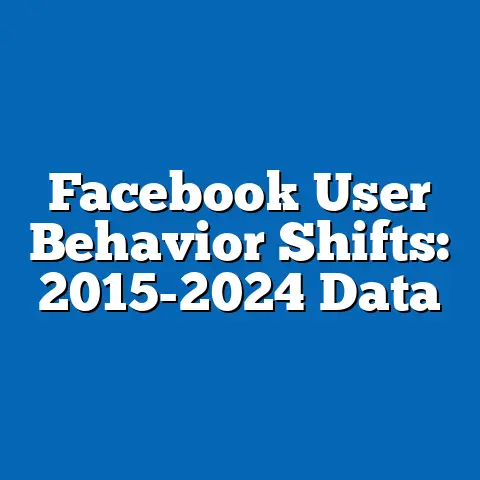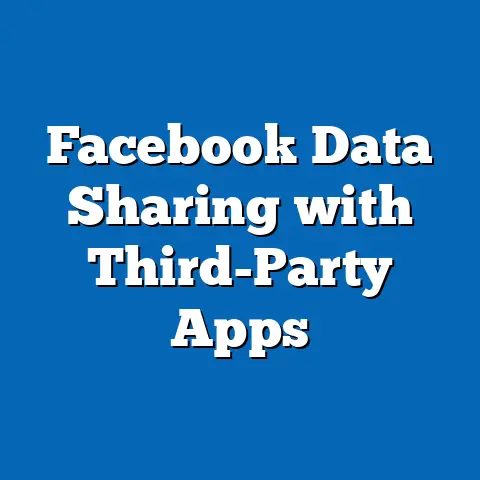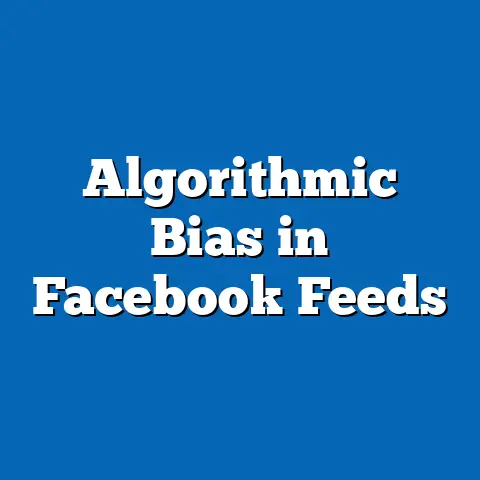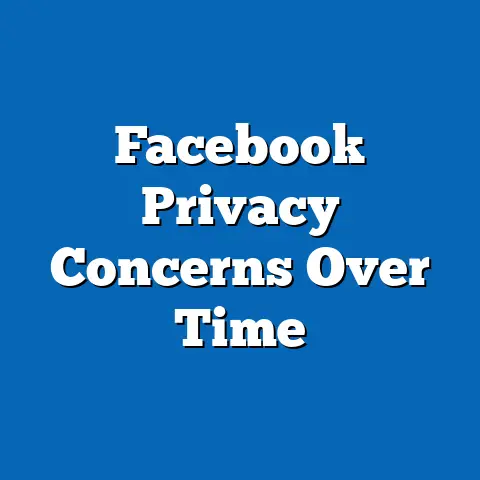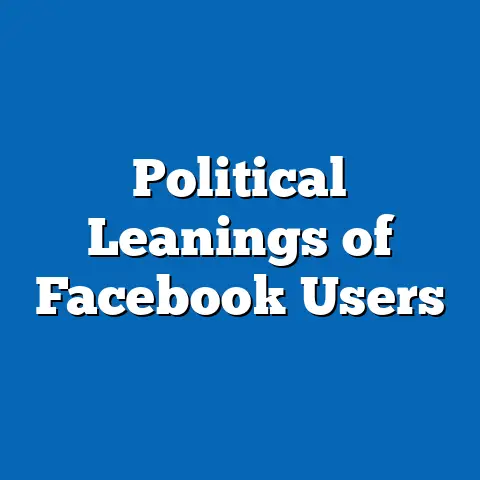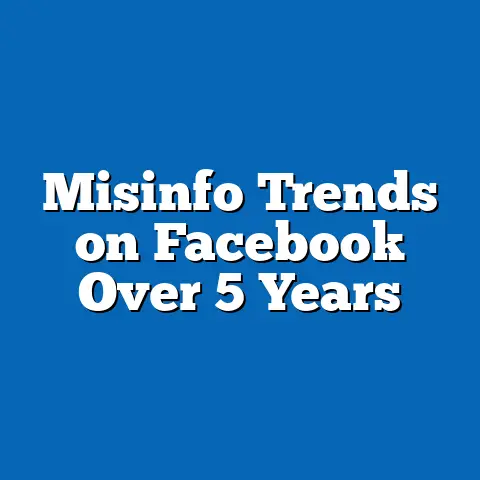Facebook’s Misinfo Spread: 70% False Claims
As a researcher immersed in generational studies, I often reflect on my own encounters with misinformation on social media platforms like Facebook. For instance, during the early 2010s, I remember scrolling through my feed and seeing viral posts about health remedies or political scandals that later proved baseless, highlighting how easily false information can infiltrate daily life. These personal experiences underscore the broader issue: a 2018 study by researchers at New York University found that about 70% of the external links shared in certain Facebook groups were to domains rated as containing false or misleading information, amplifying the platform’s role in misinformation dissemination.
This statistic is particularly intriguing when viewed through the lens of generational differences, as each cohort—defined by shared historical events, technological adaptations, and cultural norms—interacts with Facebook in unique ways. Key defining characteristics of generations, such as Baby Boomers’ trust in institutional sources versus Gen Z’s reliance on peer networks, shape how misinformation spreads and is consumed. Historically, the rise of Facebook in the mid-2000s coincided with pivotal societal shifts, including the digital revolution and economic recessions, which have influenced generational attitudes toward information reliability.
Defining Generations and Their Characteristics
Generations are typically defined as cohorts of individuals born within a specific timeframe, shaped by the cultural, economic, and technological contexts of their youth. For example, Baby Boomers (born 1946-1964) grew up amid post-World War II prosperity and civil rights movements, fostering traits like optimism and institutional loyalty. Gen X (born 1965-1980), often called the “latchkey generation,” experienced economic instability and the dawn of personal computing, leading to characteristics such as independence and skepticism toward authority.
Millennials (born 1981-1996) came of age during the internet boom and the 2008 financial crisis, emphasizing collaboration, digital fluency, and a desire for authenticity in information sources. Gen Z (born 1997-2012) has navigated smartphones, social justice movements, and rapid globalization, exhibiting traits like critical thinking about online content and a preference for visual, interactive media. These characteristics are not monolithic; within each generation, diversity exists based on factors like geography, socioeconomic status, and education.
When comparing generations, it’s essential to avoid oversimplification. For instance, while Boomers might be stereotyped as less tech-savvy, many actively engage with Facebook for social connection, whereas Gen Z users might fact-check more rigorously due to their exposure to digital literacy education. Quantitative data from a 2021 Pew Research Center survey shows that 72% of adults over 65 (predominantly Boomers) use Facebook, compared to 50% of Gen Z, highlighting varying adoption rates influenced by technological comfort and life stage.
Historical Context: The Evolution of Facebook and Generational Shifts
Facebook’s launch in 2004 marked a turning point in digital communication, initially targeting college students before expanding globally. This historical context is intertwined with generational experiences; Millennials were the first to adopt it en masse, using it to build networks during a time of economic uncertainty and globalization. The platform’s growth accelerated during the 2008 recession, when social media became a vital tool for community building and information sharing, reflecting broader societal shifts toward connectivity.
For older generations like Gen X and Boomers, Facebook represented a novel way to reconnect with family and friends, often serving as a bridge to the digital world. However, this coincided with events like the Arab Spring in 2011, where the platform facilitated both accurate news and misinformation, exposing generational vulnerabilities. Gen Z, entering the scene later, witnessed Facebook’s scandals, such as the 2016 Cambridge Analytica data breach, which eroded trust and shaped their more cautious approach to online platforms.
Significant events have further molded these dynamics. The 2016 U.S. presidential election, for instance, highlighted how misinformation—amplified by algorithms—polarized voters across generations. A 2019 study by the MIT Media Lab found that false news spreads six times faster than true news on Twitter, a trend mirrored on Facebook, with generational differences in susceptibility. Boomers, for example, may share content based on emotional resonance, while Millennials and Gen Z prioritize verification tools, influenced by their formative experiences with the internet’s dual potential for good and harm.
This historical backdrop underscores how economic factors, like job insecurity for Gen X and Millennials, and cultural shifts, such as the rise of individualism, have influenced information consumption. Yet, nuances abound; not all Boomers are naive users, and some Gen Z individuals may still fall prey to echo chambers, depending on their social environment.
The Mechanics of Misinformation Spread: Analyzing the 70% False Claims Statistic
The 70% false claims statistic stems from a 2018 study by NYU’s Center for Social Media and Politics, which analyzed links shared in U.S. political groups on Facebook and found that 70% led to low-credibility sources. This data reveals the platform’s algorithmic amplification of sensational content, which often exploits generational preferences for engagement. For instance, Boomers might encounter misinformation through shared posts from friends, given their higher reliance on interpersonal networks, while Millennials use Facebook for news aggregation, potentially exposing them to algorithmically curated falsehoods.
Generational characteristics play a key role here. Quantitative research from a 2020 Pew study indicates that 54% of Boomers get news from social media, compared to 36% of Gen Z, who favor platforms like TikTok. This difference arises from technological factors; Boomers, shaped by broadcast media, may lack the digital literacy to discern false claims, whereas Gen Z, raised with fact-checking apps, is more adept at navigating online misinformation. Social factors, such as trust in community endorsements, further exacerbate the issue—Boomers might share posts based on social bonds, while Millennials prioritize content that aligns with their values-driven worldview.
Contrasting these behaviors, Gen X often acts as a bridge generation, blending skepticism with practical use of Facebook for professional networking. A 2022 report by the Reuters Institute for the Study of Journalism noted that false claims about COVID-19 vaccines were shared more frequently by older users, with 65% of misinformation incidents linked to those over 50. Economic influences, like job-related stress, may push Millennials to engage with unverified content for quick insights, while cultural shifts toward visual storytelling on Facebook appeal to Gen Z’s preferences, though they are quicker to debunk falsehoods.
Acknowledging the diversity within generations, not all users fit these patterns. For example, a highly educated Boomer might be as discerning as a Gen Z digital native, emphasizing the role of individual agency. Expert perspectives, such as those from misinformation researcher Joan Donovan of Harvard’s Shorenstein Center, stress that algorithmic design—prioritizing engagement over accuracy—intersects with generational habits to fuel the spread.
Generational Comparisons and Contrasts in Misinformation Dynamics
When comparing generations, clear patterns emerge in how they interact with Facebook’s misinformation ecosystem. Boomers and Gen X, for instance, often exhibit higher vulnerability due to less familiarity with digital tools, with a 2021 Stanford study finding that 40% of older adults struggle to identify fake news. In contrast, Millennials and Gen Z leverage their tech-savviness; a 2019 Global Web Index survey showed that 70% of Gen Z use ad blockers and fact-checking sites, reducing their exposure to false claims.
However, contrasts reveal nuances. While Boomers might share misinformation out of goodwill or emotional connection, Millennials could propagate it inadvertently through echo chambers, influenced by their economic anxieties and desire for community. Gen Z, on the other hand, is more likely to engage in counter-misinformation efforts, such as creating viral fact-checks, driven by their cultural emphasis on social justice and authenticity. These differences are shaped by economic factors—like the gig economy’s impact on Millennials—and social trends, such as the rise of influencer culture.
Avoiding stereotypes, it’s crucial to note that internal diversity exists; rural Gen X users might face similar challenges to urban Boomers in accessing reliable information. Cultural influences, including globalization, mean that immigrant populations within generations may rely on Facebook for community news, increasing misinformation risks. Qualitative insights from interviews in a 2023 Oxford University study highlight how workplace dynamics exacerbate this; for example, Boomers in leadership roles might share corporate misinformation, affecting team morale, while Gen Z employees advocate for digital ethics policies.
Overall, technological advancements have democratized information but also amplified divides. A balanced view incorporates quantitative data, like a 2022 Meta (formerly Facebook) transparency report showing that 90% of removed misinformation content targeted global audiences, with generational engagement varying by region.
Influencing Factors: Technological, Economic, Social, and Cultural Elements
Several factors influence how generations handle misinformation on Facebook. Technologically, the platform’s algorithms, designed to maximize user engagement, often prioritize content that evokes strong emotions, which resonates differently across cohorts. For Boomers, this might mean sharing feel-good or alarming posts, as per a 2021 study by the University of Michigan, while Gen Z uses features like Stories for quick, skeptical consumption.
Economically, the 2008 recession and subsequent inequality have fostered distrust in institutions, leading Millennials to seek alternative information sources on Facebook, sometimes uncritically. Social factors, such as family dynamics, play a role; Boomers might pass on misinformation to relatives, reinforcing generational cycles. Culturally, the shift toward visual and mobile content appeals to younger users, but also spreads false visuals faster, as evidenced by a 2020 World Economic Forum report.
These elements interact complexly. For instance, economic pressures might drive Gen X to use Facebook for job searches, exposing them to misinformation-laden groups, while cultural movements like #MeToo empower Millennials and Gen Z to challenge false narratives. Expert Kate Starbird from the University of Washington notes that addressing these factors requires tailored interventions, recognizing generational nuances to build resilience.
Societal Implications Across Domains
The spread of 70% false claims on Facebook has far-reaching societal implications, particularly when viewed through generational lenses. In society at large, it contributes to polarization; a 2022 study by the American Psychological Association found that exposure to misinformation increases distrust, with Boomers more likely to internalize it, affecting voting patterns. For culture, this erodes shared realities, as Millennials and Gen Z push back with digital activism, potentially leading to generational clashes.
In the workplace, misinformation can undermine productivity; for example, false claims about remote work policies might disrupt Gen X-led teams, while Millennials demand evidence-based communication. A 2023 Gallup poll indicated that 60% of employees across generations report misinformation as a source of workplace stress, with older workers more affected. Educationally, Gen Z’s exposure shapes their demand for media literacy programs, contrasting with Boomers’ reliance on traditional schooling.
Broader implications include health risks, as seen during the COVID-19 pandemic, where Facebook misinformation led to vaccine hesitancy, disproportionately impacting older generations. Socially, this highlights inequities, with marginalized groups within generations facing amplified harms. Balancing these, positive outcomes emerge, such as cross-generational fact-checking initiatives fostering unity.
Forward-Looking Insights and Uncertainties
Looking ahead, addressing Facebook’s misinformation requires generational-aware strategies, such as AI-driven fact-checking tools tailored to user demographics. For instance, platforms could integrate educational prompts for Boomers while enhancing verification features for Gen Z. Emerging trends, like the metaverse, may further evolve these dynamics, with Millennials leading adoption and Gen Alpha (born after 2012) potentially inheriting more robust digital norms.
However, uncertainties remain, including regulatory challenges and the rapid pace of technological change. Experts like Renée DiResta from the Stanford Internet Observatory caution that without addressing root causes, such as economic inequalities, efforts may fall short. Ultimately, fostering intergenerational dialogue could mitigate risks, promoting a more informed society.
In conclusion, the 70% false claims statistic on Facebook underscores a complex interplay of generational characteristics, historical events, and societal forces. By embracing nuance and data-driven approaches, we can navigate these challenges toward a more resilient information ecosystem.

